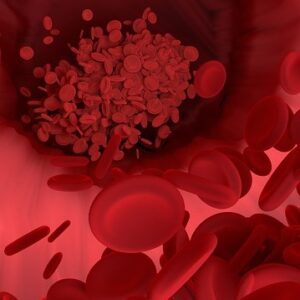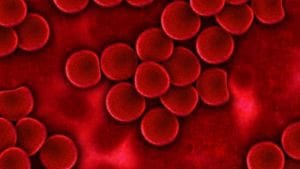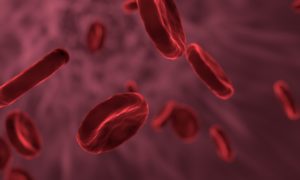Hemophilia B
What is hemophilia B?
There are two basic types of hemophilia which include: the most common type, hemophilia A, also known as factor Vlll deficiency and hemophilia B, which is characterized by a deficiency in the factor IX gene. A genetically inherited disorder, hemophilia occurs because the body lacks the ability to clot blood properly. As a result, people can experience bleeding (internally or externally) for extended periods, which can occur after surgery, an accident, or even following a more common procedures, like a tooth extraction. However, with severe hemophilia, some people bleed continuously after the slightest injury—or even without being injured, which is known as spontaneous bleeding. Without adequate amounts of factor in the blood, and if left untreated, serious complications can occur, affecting organs, the brain, muscles, and joints, which could potentially be fatal in some cases.
In rare cases of hemophilia B, people have bleeding episodes as children, then post-puberty, the number of episodes tends to lessen. This condition can be inherited from either parent depending on which factor gene is missing or mutated, but women are usually carriers; it’s males who are generally affected with hemophilia. If a female child has a father with hemophilia, the daughter will thus inherit the mutated gene.
What are the symptoms of hemophilia B?
Symptoms of hemophilia B vary in severity and bleeding is the primary symptom, but additional symptoms can include:
- Nosebleeds
- Bruising
- Urinary or gastrointestinal tract bleeding as well as blood in the stool
- Unprovoked spontaneous bleeds
- Extended bleeds from any cuts and abrasions and surgeries
Male babies are often diagnosed at birth or shortly afterwards—especially if the child has been circumcised. Later, as the child begins to crawl or walk, pronounced and painful symptoms appear, such as bleeding and bruising. In some instances, for males who have mild forms of hemophilia B, it’s possible that the condition isn’t noticeable until much later in life; diagnosis may then occur after an injury, tooth extraction, or surgery.
Are there treatment options available for hemophilia B?
Yes. There are specific treatments for hemophilia B and A, which replenish the absent factor. In the case of hemophilia B, treatment contains a concentration of the missing IX factor. Treatment can be customized by a specialist depending on the severity of the condition and the patient’s height and weight. Fortunately, it is possible for people to learn how to treat on demand—at the first noticeable sign, or twice a week, prophylactically, by infusion at home. By learning to make healthy lifestyle adjustments, taking treatment as prescribed, and seeing their doctors on a regular basis, it’s possible for people with hemophilia to lead a fairly normal life.
Where can I find more information on hemophilia B?
Hemophilia B Articles

Experimental Therapy for Hemophilia Meets Phase 3 Trial Endpoints


European Commission Approves First-Ever Gene Therapy for Adult Hemophilia B Patients

Interview: Dr. Yver Discusses ASH, SerpinPC, and the Need for Novel Hemophilia Treatments



ICYMI: SerpinPC Earns Orphan Drug Designation for Hemophilia B







